10 Fun Facts About The City Of Cheyenne

1. Did you ever wonder how Cheyenne got its name? The city of Cheyenne's name comes from a group of indigenous people of the Great Plains named Cheyenne, who were closely allied with the Arapaho. The meaning of “Cheyenne” in the Arapaho language means “people of the strange tongue”.
2. On July 4, 1867 Cheyenne offically became a town giving Cheyenneites two reasons to celebrate the 4th of July.
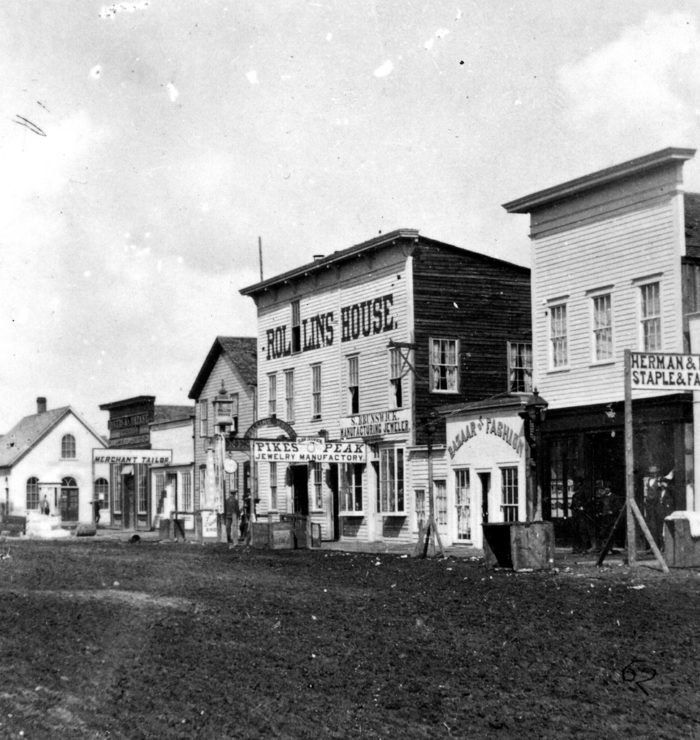
3. The U.S. Census counted Cheyenne’s population to be 1,450 people in 1870, but by 1900 the population had increased to 14,087 residents.
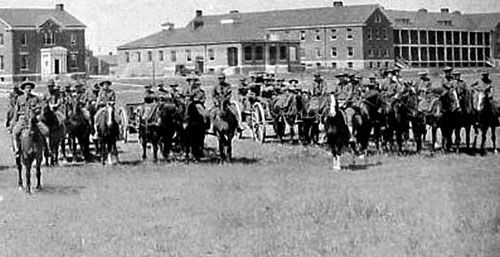
4. In August of 1867 the U.S. Cavalry established Fort D. A. Russell, which was a military installation three miles west of Cheyenne. The main purpose of establishing the fort was to help protect Union Pacific Railroad workers from “hostile Indians.”
5. Fort D.A. Russell eventually became to be renamed Francis E. Warren Air Force Base in honor of Wyoming’s first United States Senator, Francis Emroy Warren. Warren was awarded the Medal of Honor during the American Civil War. Today Francis E. Warren Air Force Base is the oldest continuously active military installation within the U.S. Air Force. Warren AFB is home of the 90th Missile Wing, and the Twentieth Air Force, and is one of three strategic-missile bases in the United States.
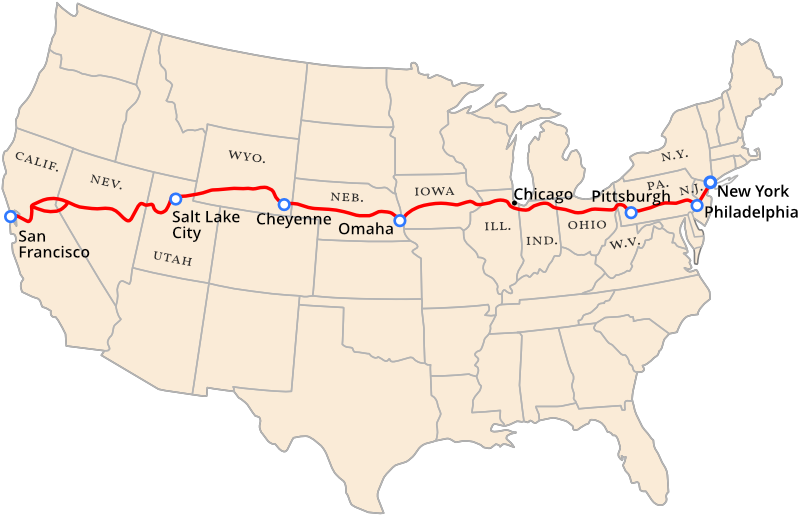
6. On October 31, 1913 the Lincoln Highway, which consists of 3,389 miles of road from New York City's Times Square to Lincoln Park in San Francisco, passed through Cheyenne. The Lincoln Highway (also known as US 30, Licolnway, or 16th Street) became home to the The Lincoln Theatre located in downtown Cheyenne. The theater opened in March 1927, and in 2019 it was converted into a live music venue.
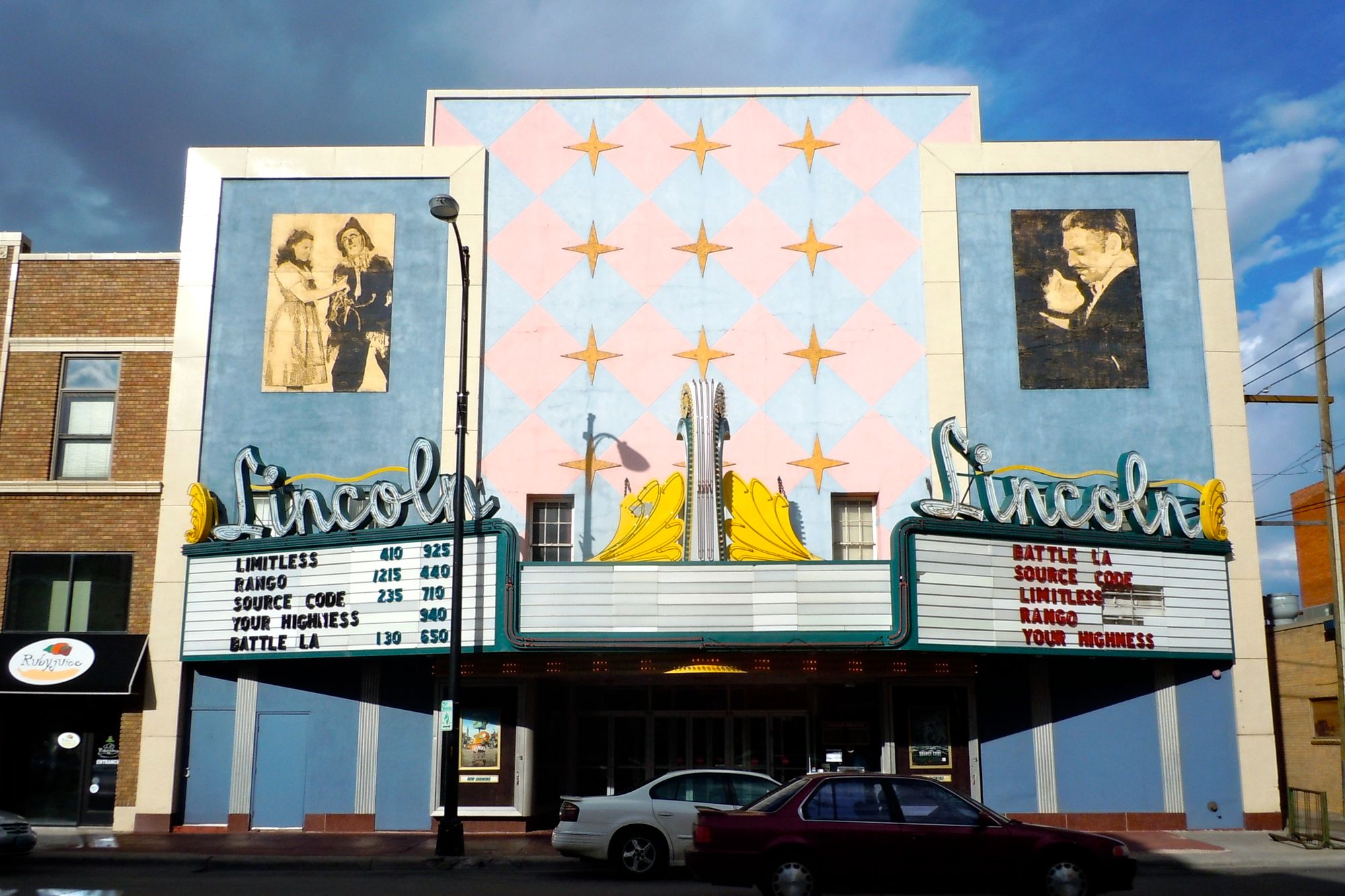
7. On September 6, 1920 the Chicago-to-San Francisco leg of the Transcontinental Airmail Route was inaugurated, and the Cheyenne Airport became one of only 15 national locations to serve as an airmail station. Pilot Buck Heffron flew out of Cheyenne with 400 pounds of mail headed for the West Coast. The next day, James “Jimmy” Murray landed in Cheyenne with the first load of mail from the east. Murray returned with the first east bound mail on September 13, thus helping complete the inaugural circuit of the first transcontinental air service in history.
8. At one time Cheyenne passangers were able to fly to both coasts and south to Denver out of the Cheyenne airport. In fact in 1935, the Cheyenne airport had 24 daily arrivals and departures.
9. Mary O'Hara, author of My Friend Flicka (1941), Thunderhead(1943), and Green Grass of Wyoming (1946), wrote these well known books while living on a ranch just west of Cheyenne called the Remount Ranch.
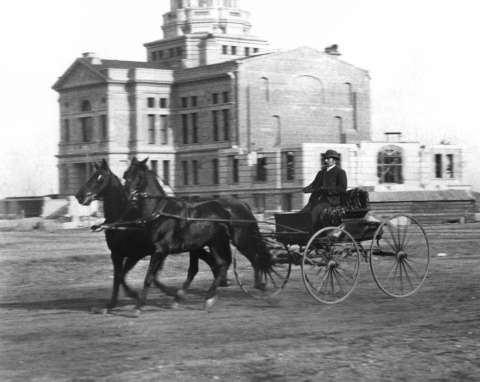
10. John A. Campbell became the first governor of Wyoming Territory on April 15, 1869. Two days later, the Wyoming Territory government was organized, and Cheyenne was chosen as the capital. The construction of the Wyoming State Capitol building in Cheyenne was finished in 1890, the year Wyoming became a state, and was expanded further in 1915.
